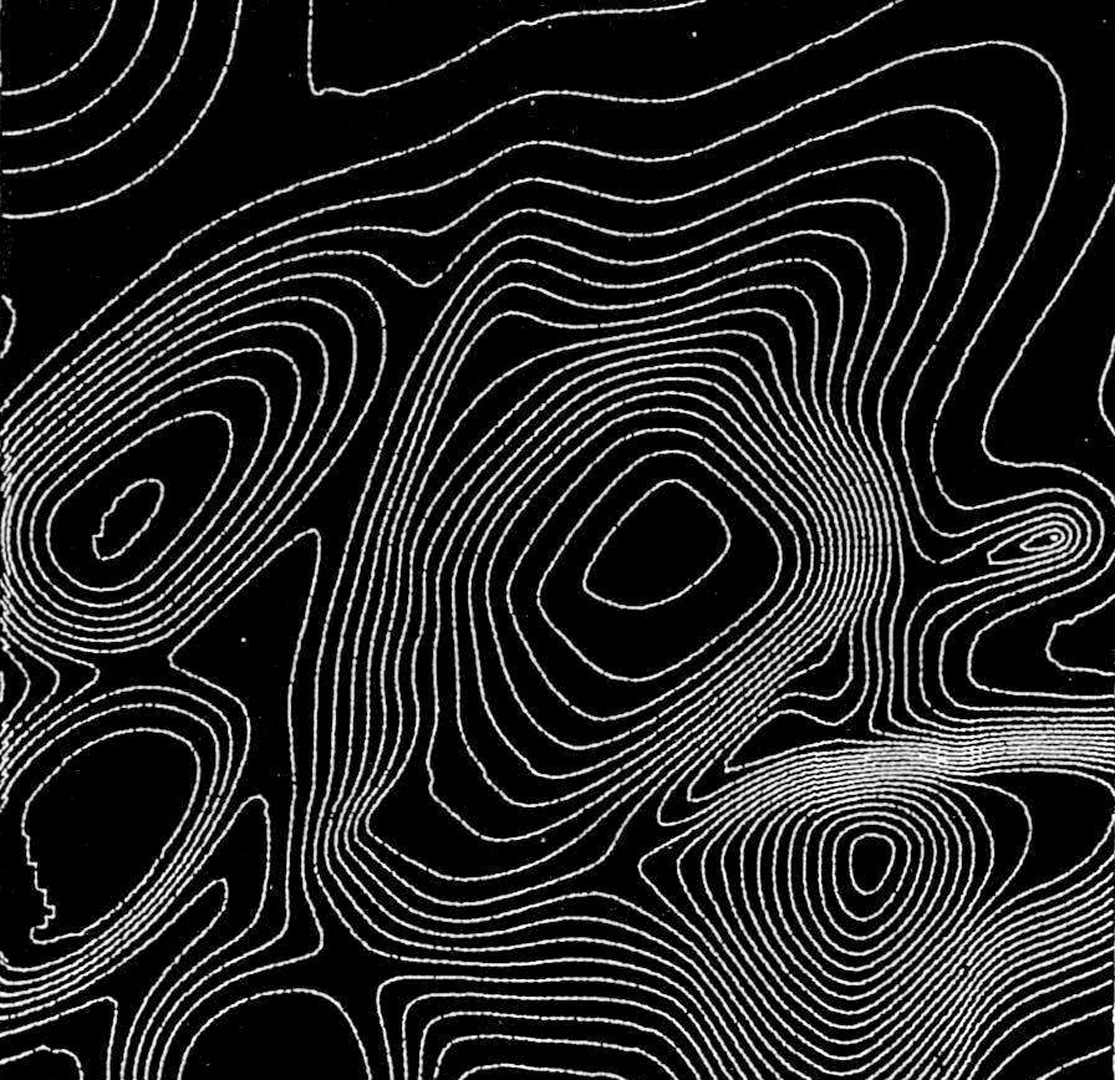“ECOSITE: an application of computer-aided design to the composition of landforms for reclamation” by Mallary and Ferraro
Conference:
Type(s):
Title:
- ECOSITE: an application of computer-aided design to the composition of landforms for reclamation
Presenter(s)/Author(s):
Abstract:
Surface mining, though an efficient method of extracting near-surface coal for the nation’s mounting energy needs, requires sound reclamation if the harmful environmental impacts of the method are to be held to a tolerable minimum. Another important requirement is aesthetic quality, a feature which should, but as yet does not, involve professional planners and designers at the early preplanning stage of reclamation. To encourage this needed improvement a multidisciplinary research group at the University of Massachusetts is developing a comprehensive “preplanning-and-design resource package” that includes an interactive graphics program for landform design as an important component. Called ECOSITE, this user-oriented program is the first serious effort to apply the power of interactive graphics and CAD to the design and sculpturing of large-scale topographical compositions for reclamation and other forms of site preparation and improvement. This paper discusses the program from the standpoint of its application, specifications, design, current capabilities and necessary improvements, including the ability to test its own output against relevant criteria.
References:
1. Gonin, M. and Moffett, T. J. ARTES, an Improved Highway Design Program. Proceedings of the Third Annual Conference on Computer Graphics and Interactive Techniques-SIGGRAPH ’76, Computer Graphics. Vol. 10, No. 2, Summer, 1976, pp. 268-274.
2. Mallary, R. and Carlozzi, C. A. The Aesthetics of Surface-Mine Reclamation: an On-site Survey in Appalachia 1975/76. ARSTECNICA/Institute for Man and Environment (1976) The University of Massachusetts, Amherst.
3. Laboratory for Computer Graphics and Spatial Analysis SYMVU Manual. (1975) Harvard University, Cambridge, Mass.
4. Environmental Systems Research Institute, VIEWS User’s Manual. (1975), Redlands, Calif.
5. Cole, N. et al., Visual Design Resources for Surface-mine Reclamation. ARSTECNICA/Institute for Man and Environment (1976), University of Massachusetts, Amherst, Mass.
6. Mathematical Applications Group, Inc. Description of the MAGI Technique for Accurate Modeling and Graphic Display of Three Dimensional Objects. (1967) Elmsford, New York.
7. Newman, W. M. and Sproull, R. F. Principles of Interactive Computer Graphics, McGraw-Hill, New York, 1973.
8. Mallary, R. TRANS2: a Computer-graphics Program to Make Sculpture, AFIPS Conference Proceedings, Fall Joint Computer Conference, Vol. 37 (1970) AFIPS Press, Montvale, New Jersey, pp. 451-460.




